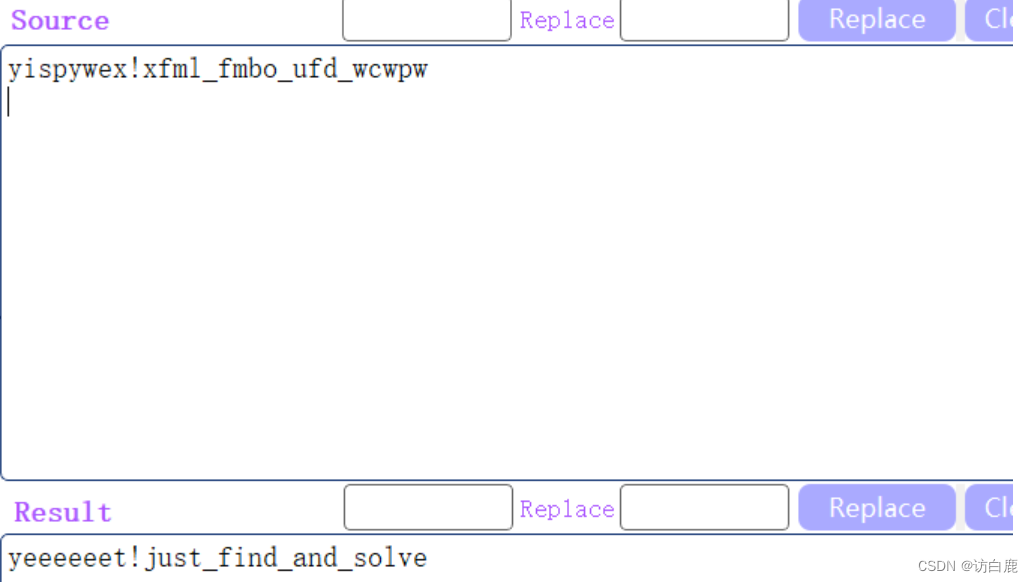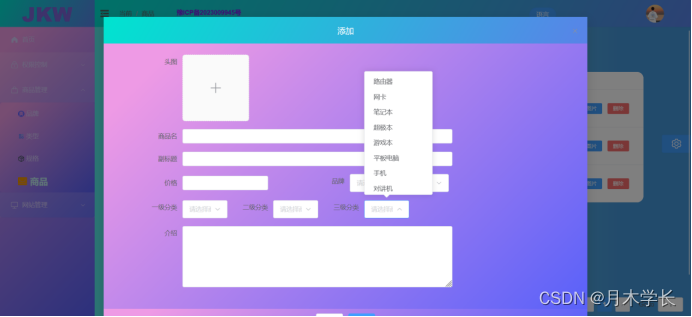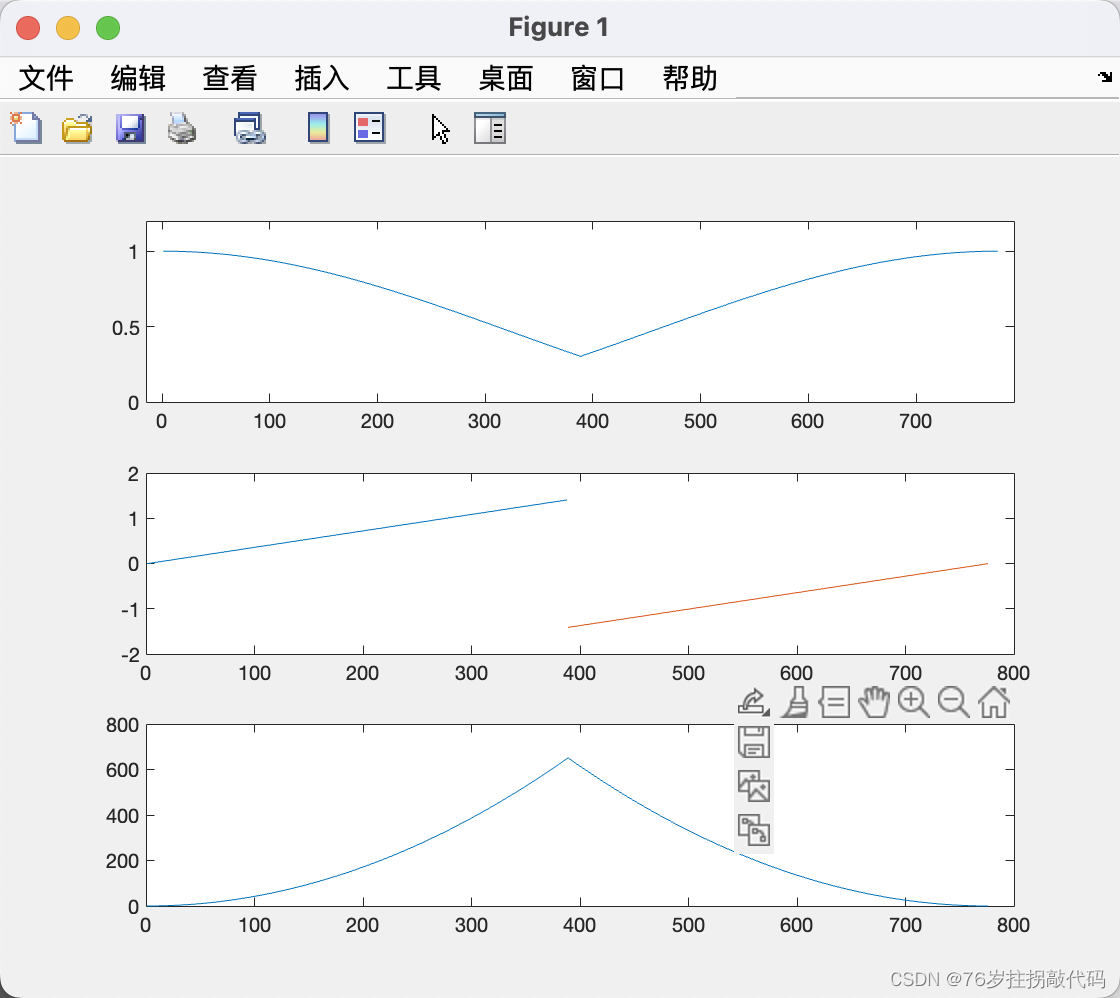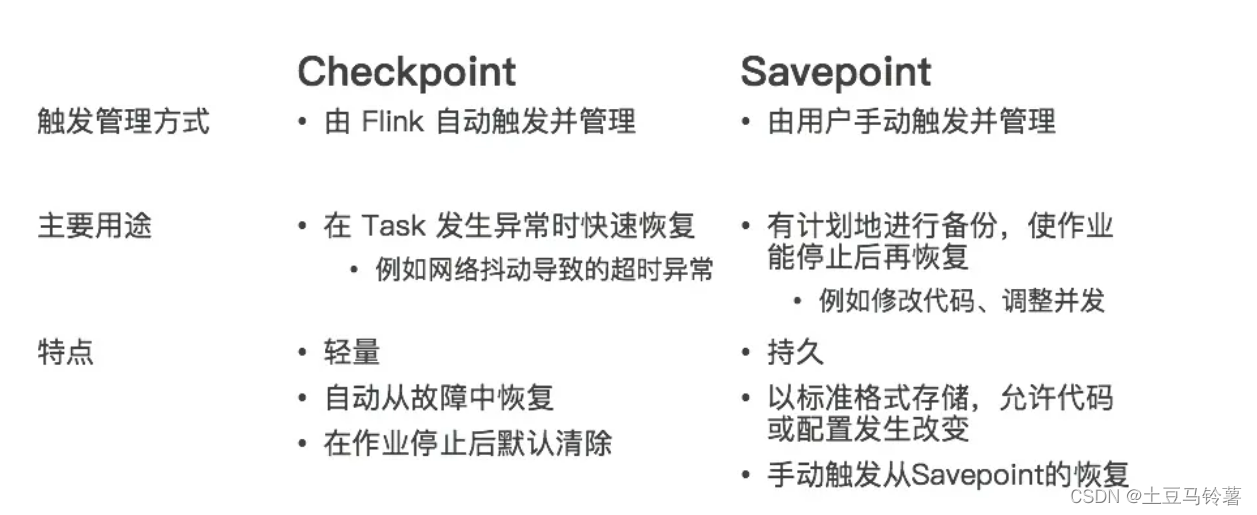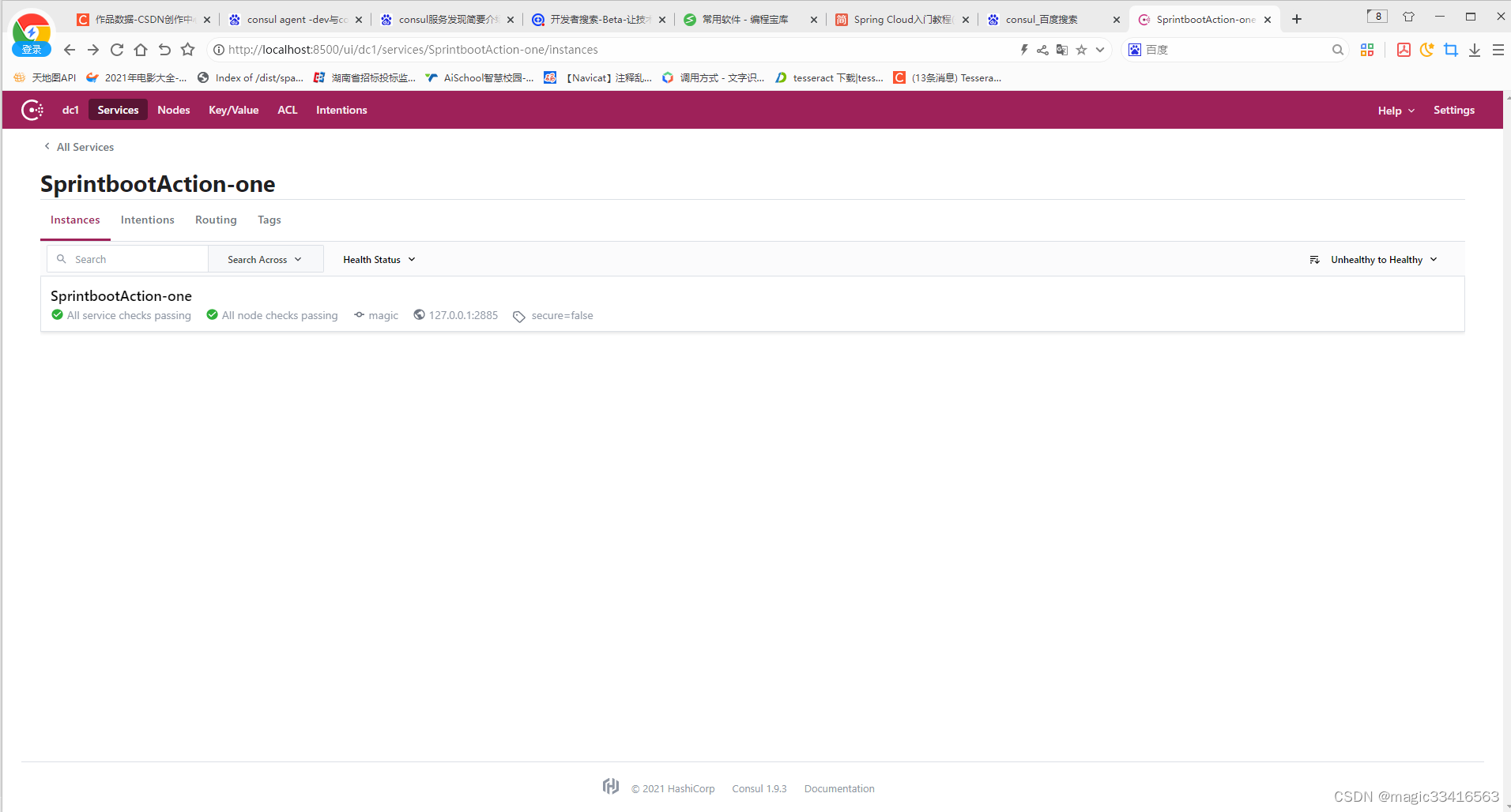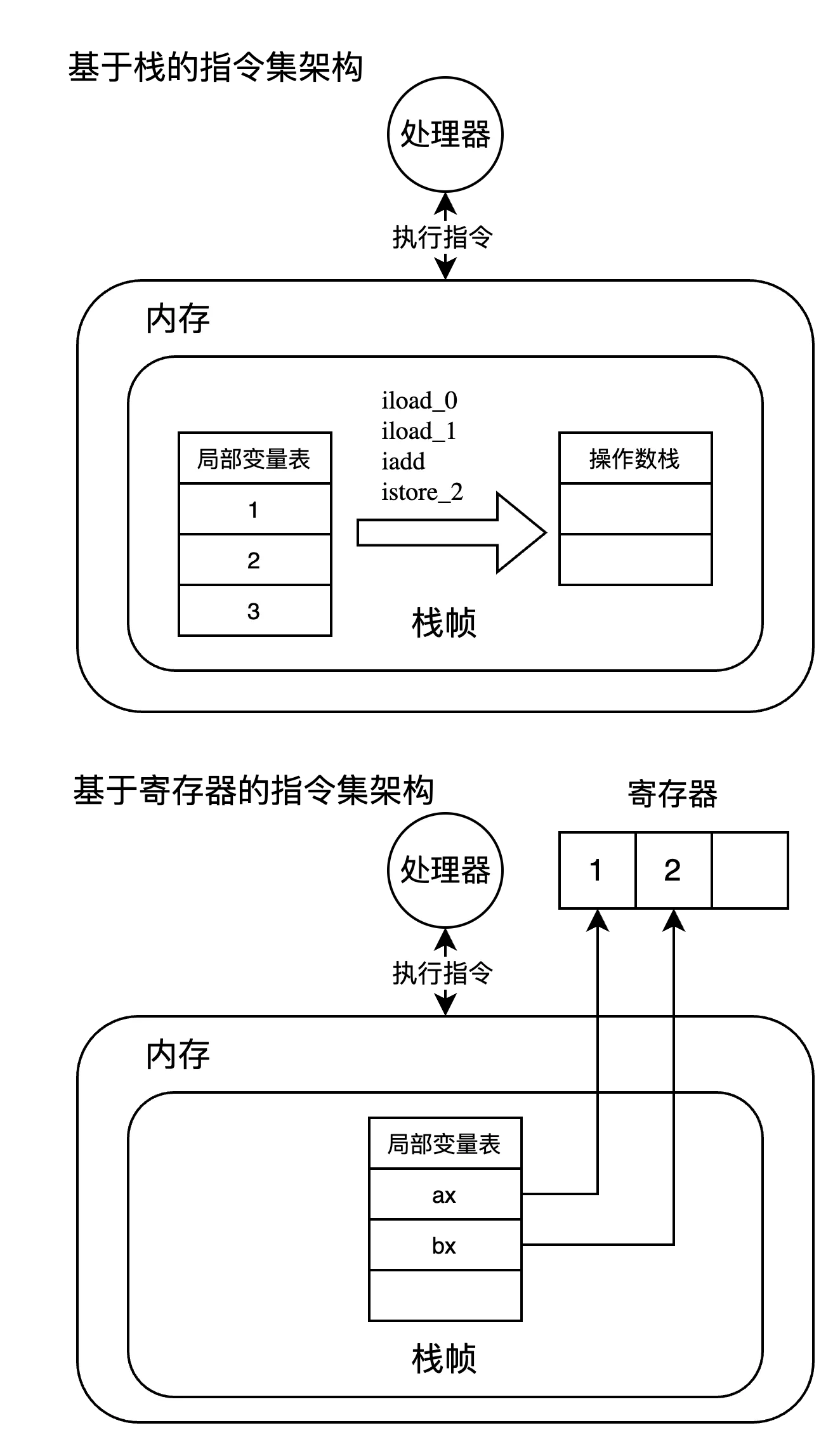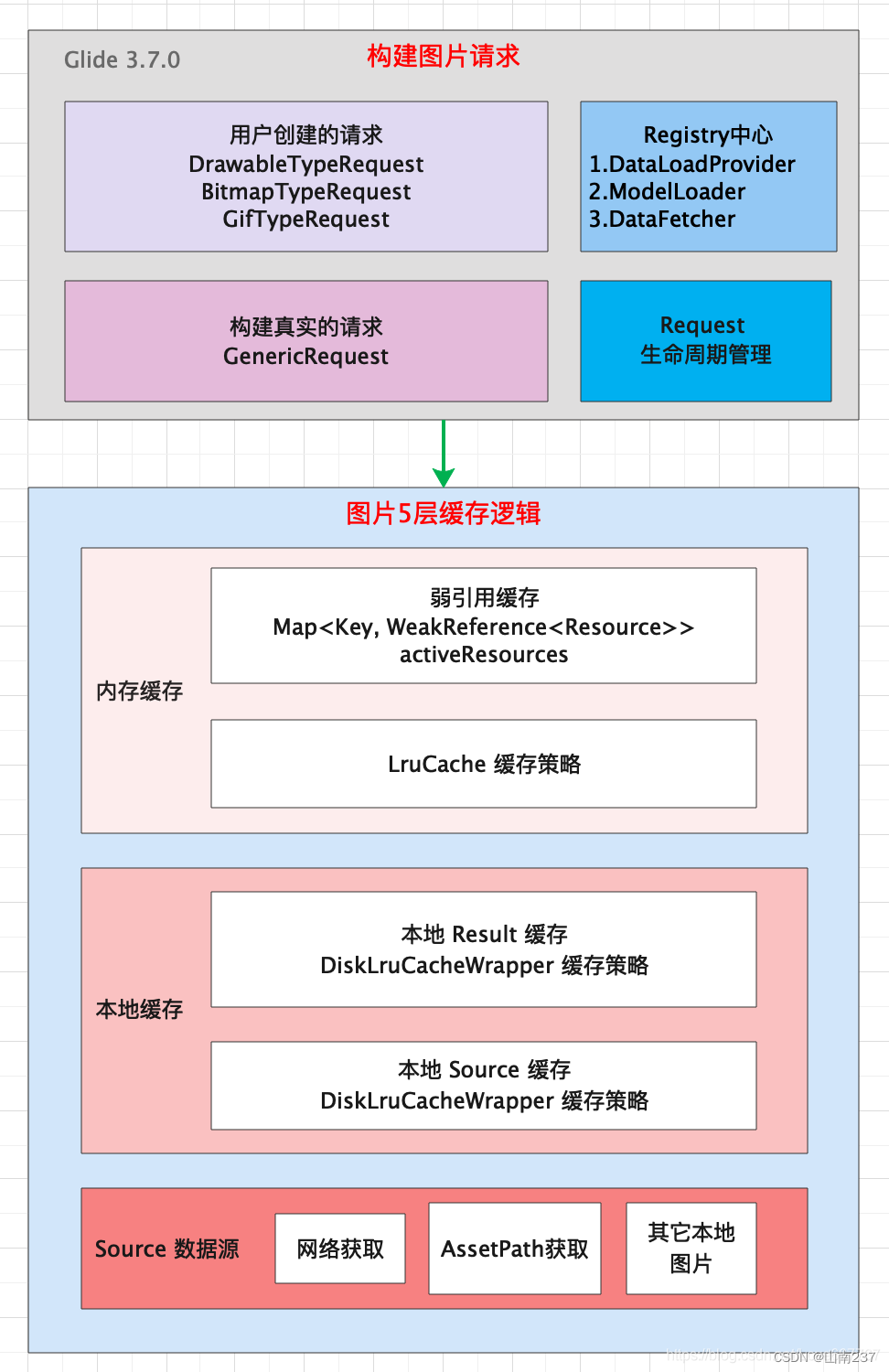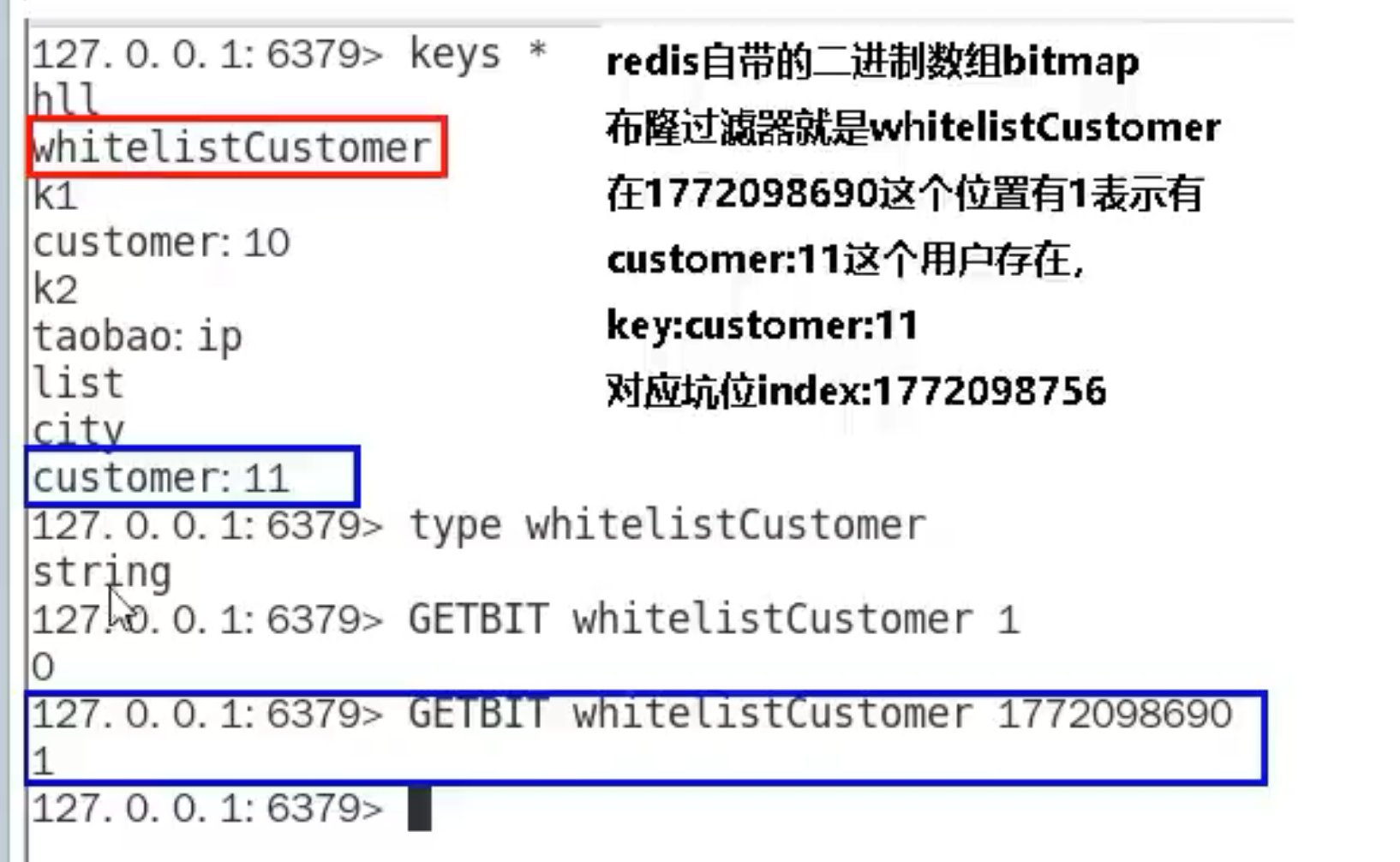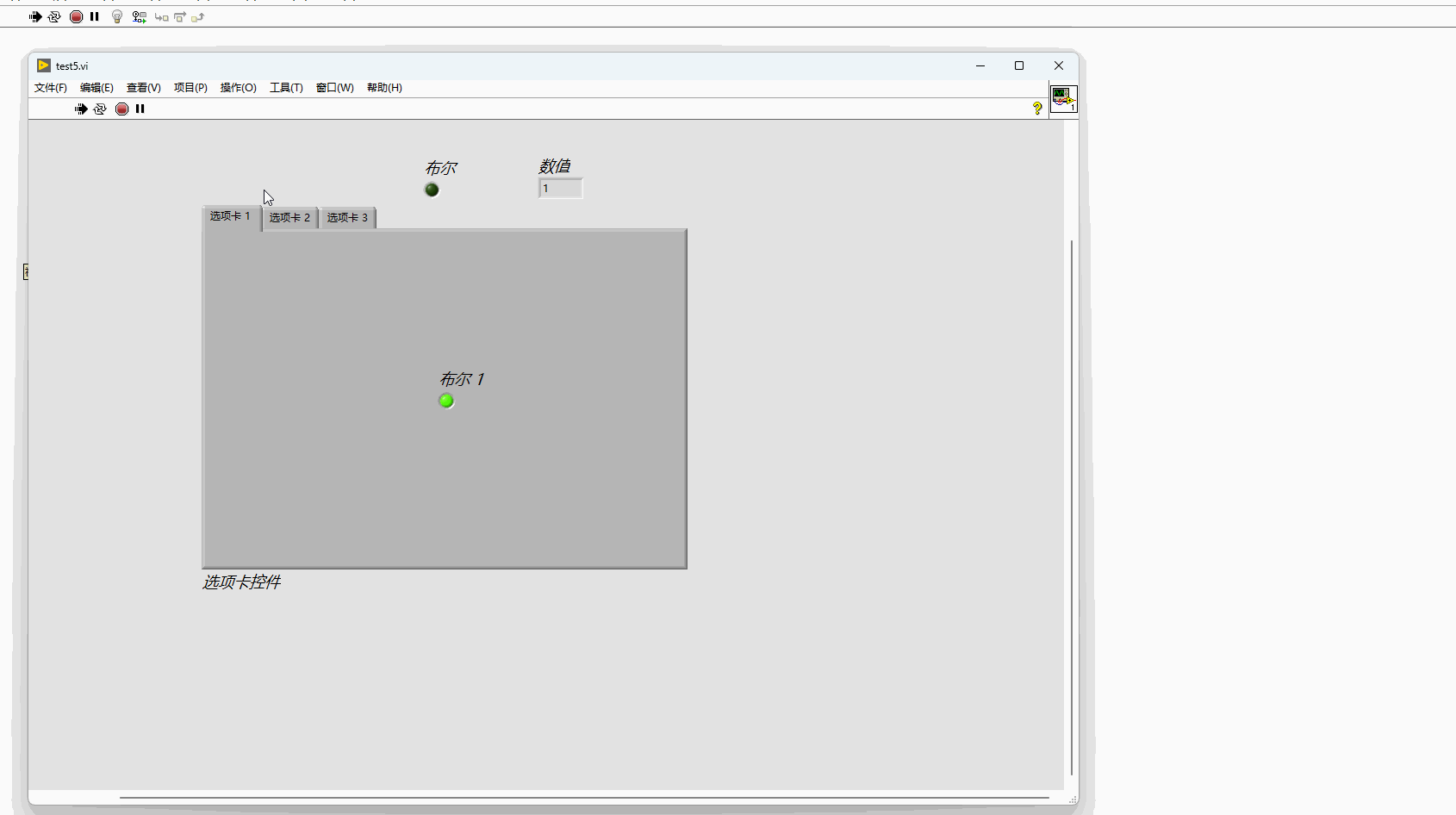文章目录
- 框架结构
- 框架目录结构
- 封装被测试系统接口
- 定义接口测试用例
- 集成测试报告
- 测试数据参数化
- (一)分析与数据构造
- (二)基于JSON实现参数化
- (三)基于数据库实现参数化
框架结构
框架结构包括:被测系统、API、数据库、TestCase、测试数据、测试报告。
(1)将测试用例TestCase与被测试系统API进行分离,便于后期维护。
(2)测试用例TestCase是通过unittest进行管理,并提供了丰富的断言(等于、包含等)。
(3)通过参数化思想测试数据与测试脚本的分离。
(4)调用数据库进行结果验证或将数据库作为参数化的数据源。
(5)借助第三方工具快速的生成HTML报告。
框架目录结构
- data – 管理测试数据的文件夹
- report – 管理测试结果报告的文件夹
- api – 封装被测试系统的接口
- scripts – 测试用例脚本
- tools – 第三方工具包管理
- app.py – 配置信息文件
- run_suite.py – 测试用例执行入口
- utils.py – 自定义工具类
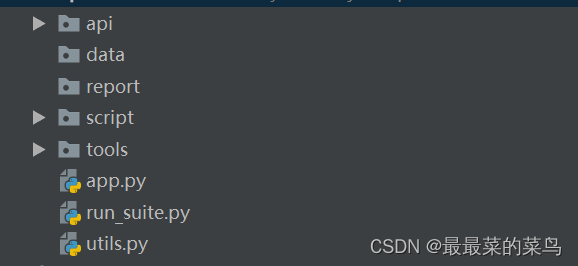
封装被测试系统接口
在api包下新建login.py
# 封装被测试系统接口# 定义接口类
class LoginAPI:# 初始化def __init__(self):self.url_login = "http://xxxlogin"# 登录接口def login(self, session, username, password):login_data = {"username": username,"password": password}return session.post(url=self.url_login, data=login_data)
定义接口测试用例
在script包下新建test01_login.py
# 导包
import requests
import unittest
from api.login import LoginAPI# 定义测试类
class TestLoginAPI(unittest.TestCase):# 前置处理def setUp(self):self.login_api = LoginAPI()self.session = requests.Session()# 后置处理def tearDown(self):if self.session:self.session.close()# 定义测试方法# 登录成功def test01_login_success(self):# 调用登录接口response = self.login_api.login(self.session, "15588888888", "123456")print(response.json())self.assertEqual(200, response.status_code)self.assertEqual(1, "登录成功", response.json().get("msg"))# 账号不正确def test02_user_isnot_exist(self):# 调用登录接口response = self.login_api.login(self.session, "13388888888", "123456")print(response.json())self.assertEqual(200, response.status_code)self.assertEqual(-1, response.json().get("status"))self.assertIn("账号不存在", response.json().get("msg"))# 密码错误def test03_password_exist(self):# 调用登录接口response = self.login_api.login(self.session, "13488888888", "error")print(response.json())self.assertEqual(200, response.status_code)self.assertEqual(-2, response.json().get("status"))self.assertIn("密码错误", response.json().get("msg"))
集成测试报告
将HTMLTestRunner.py放到tools包下
编辑run_suite.py
# 导包
import time
import unittest
from scripts.test01_login import TestLoginAPI
from tools.HTMLTestRunner import HTMLTestRunner# 封装测试套件
suite = unittest.TestSuite()
suite.addTest(unittest.makeSuite(TestLoginAPI))
# 指定报告路径
report = "./report/report-{}.html".format(time.strftime("%Y%m%d-%H%M%S"))
# 打开文件流
with open(report, "wb") as f:# 创建HTMLTestRunner执行器runner = HTMLTestRunner(f, title="接口测试报告")# 执行测试套件runner.run(suite)
测试数据参数化
(一)分析与数据构造
1、分析需要参数化的参数有哪些:
(1)输入数据:用户名、密码
(2)预期结果:content_type、状态码、业务码、业务消息
2、选择数据承载形式:
(1)json
(2)db
3、修改测试用例的代码:
(1)构建参数化数据(build_data方法)
(2)在测试用例前引用参数化(@parameterized装饰器)
(3)在具体的测试用例中,按照获得的数据进行参数替换
(二)基于JSON实现参数化
在data包下新建login.json
[{"desc": "case01 登录成功","username": "15588888888","password": "123456","Content_Type": "image","status-code": "200","status": 1,"msg": "登录成功"},{"desc": "case02 账号不存在","username": "13388888888","password": "123456","Content_Type": "image","status-code": "200","status": -1,"msg": "账号不存在"},{"desc": "case03 密码错误","username": "15588888888","password": "eroor","Content_Type": "image","status-code": "200","status": -2,"msg": "密码错误"}
]
修改script包下test01_login.py的代码
# 导包
import json
import requests
import unittest
from api.login import LoginAPI
from parameterized import parameterized
# 构造测试数据
def build_data():json_file = "../data/login.json"test_data = []with open(json_file, encoding="utf-8") as f:json_data = json.load(f)for case_data in json_data:username = case_data.get("username")password = case_data.get("password")status_code = case_data.get("status_code")content_type = case_data.get("content_type")status = case_data.get("status")msg = case_data.get("msg")test_data.append((username, password, status_code,content_type, status, msg))print("test_data = {}".format((username, password, status_code, content_type, status, msg)))return test_data# 定义测试类
class TestLoginAPI(unittest.TestCase):# 前置处理def setUp(self):self.login_api = LoginAPI()self.session = requests.Session()# 后置处理def tearDown(self):if self.session:self.session.close()# 定义测试方法@parameterized.expand(build_data)def test01_login(self, username, password, status_code,content_type, status, msg):# 调用登录接口response = self.login_api.login(self.session, username, password)print(response.json())self.assertEqual(status_code, response.status_code)self.assertEqual(status, response.json().get("status"))self.assertIn(msg, response.json().get("msg"))
(三)基于数据库实现参数化
修改script包下test01_login.py的代码
# 导包
import requests
import unittest
from api.login import LoginAPI
from tools.dbutil import DBUtil
from parameterized import parameterized
# 构造测试数据
def build_data():sql = "select * from t_login"db_data = DBUtil.exe_sql(sql)print(db_data)test_data = []for case_data in db_data:username = case_data[2]password = case_data[3]status_code = case_data[4]content_type = case_data[5]status = case_data[6]msg = case_data[7]test_data.append((username, password, status_code,content_type, status, msg))print("test_data = {}".format((username, password, status_code, content_type, status, msg)))return test_data# 定义测试类
class TestLoginAPI(unittest.TestCase):# 前置处理def setUp(self):self.login_api = LoginAPI()self.session = requests.Session()# 后置处理def tearDown(self):if self.session:self.session.close()# 定义测试方法@parameterized.expand(build_data)def test01_login(self, username, password, status_code, content_type, status, msg):# 调用登录接口response = self.login_api.login(self.session, username, password)print(response.json())self.assertEqual(status_code, response.status_code)self.assertEqual(status, response.json().get("status"))self.assertIn(msg, response.json().get("msg"))
